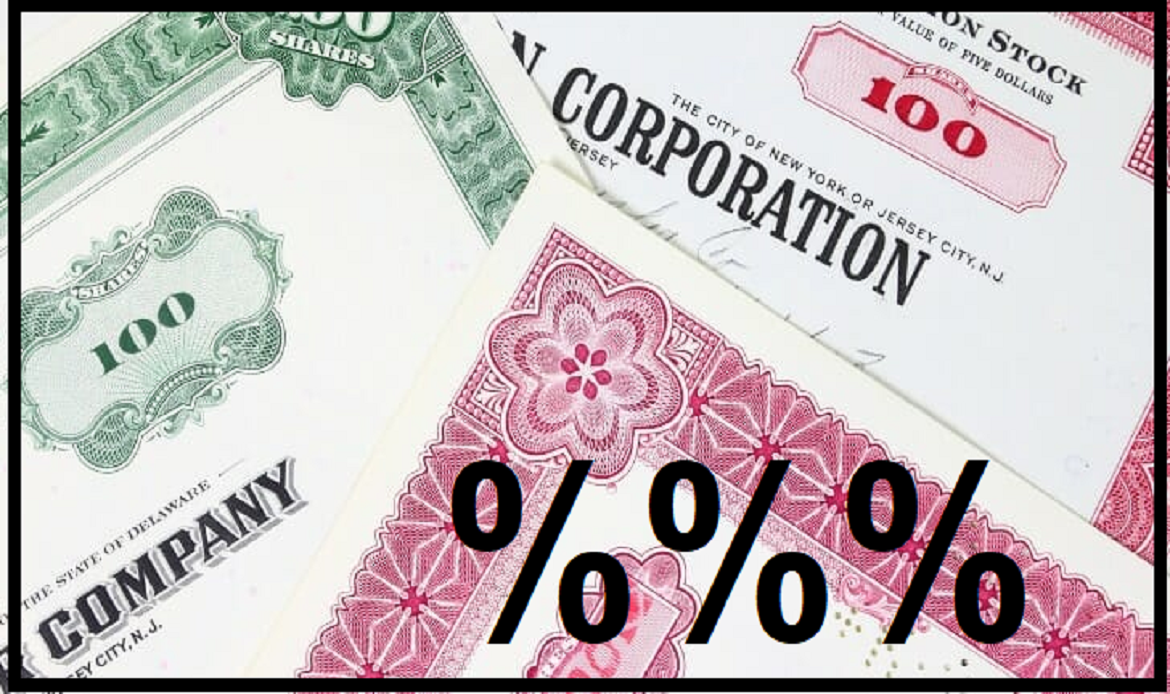A structured financial instrument that is designed to leverage its returns reflected in potential high payoffs from only a small amount invested in its face value. Leveraged instruments take many forms, notably including floating rate notes (FRNs). An inverse floating rate note provides cash flows that adjust periodically but in the opposite direction of changes in the note’s reference rate. The leverage is embodied in the coupon magnification, being a multiple by which the coupon rate reacts to a 100 basis points (bps) change in the reference rate.
Inverse floater coupon rate= C–(M×R)
Where:
C is the maximum coupon rate that can be attained if the reference rate is equal to zero; M is the leverage multiplier; and R is the reference rate on a respective reset date.
For example, if the coupon leverage is 1.5, the inverse floater’s coupon rate will increase by 150 bps when the reference rate drops by 100 bps, and will decrease by 150 bps when that rate increases by 100 bps.







